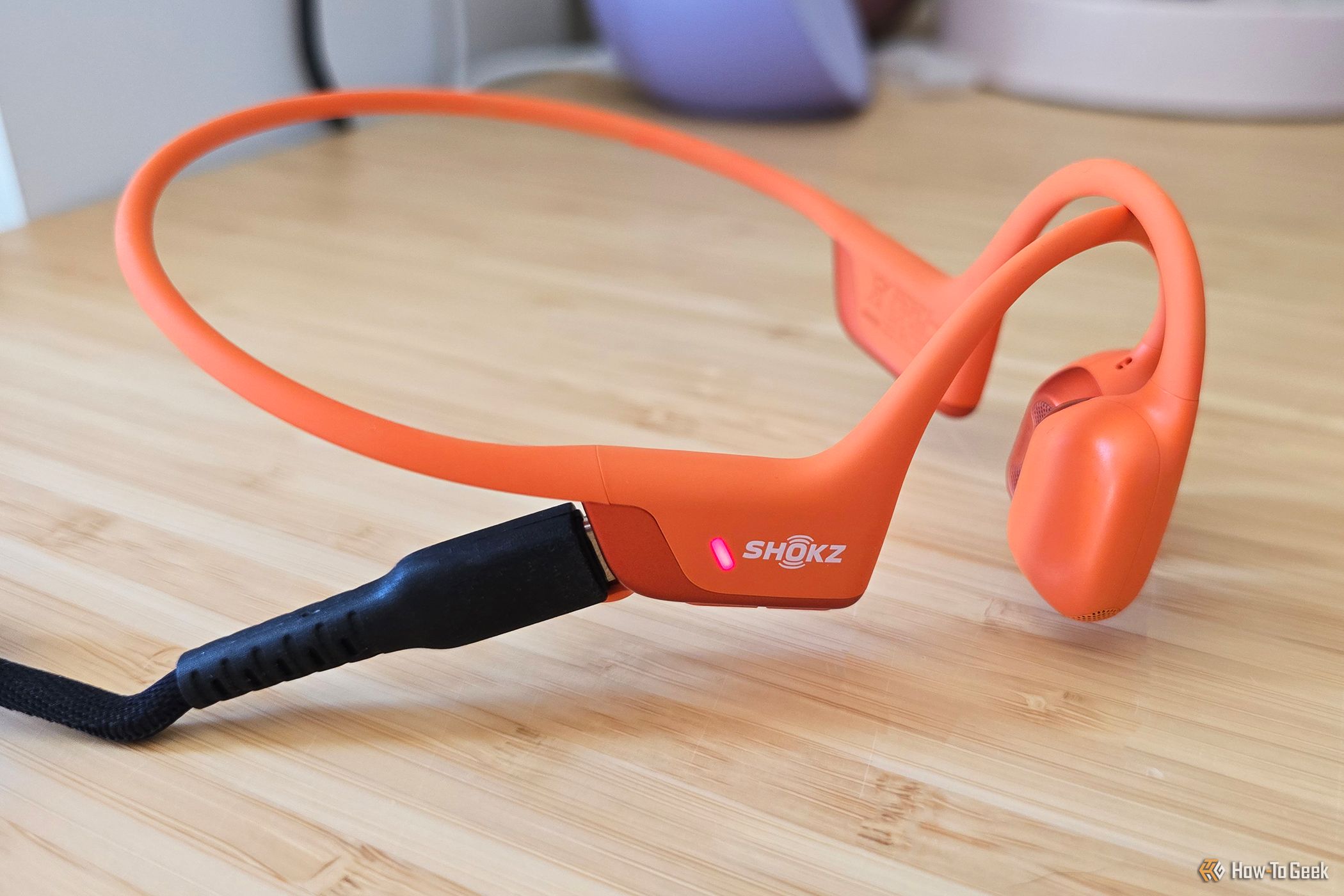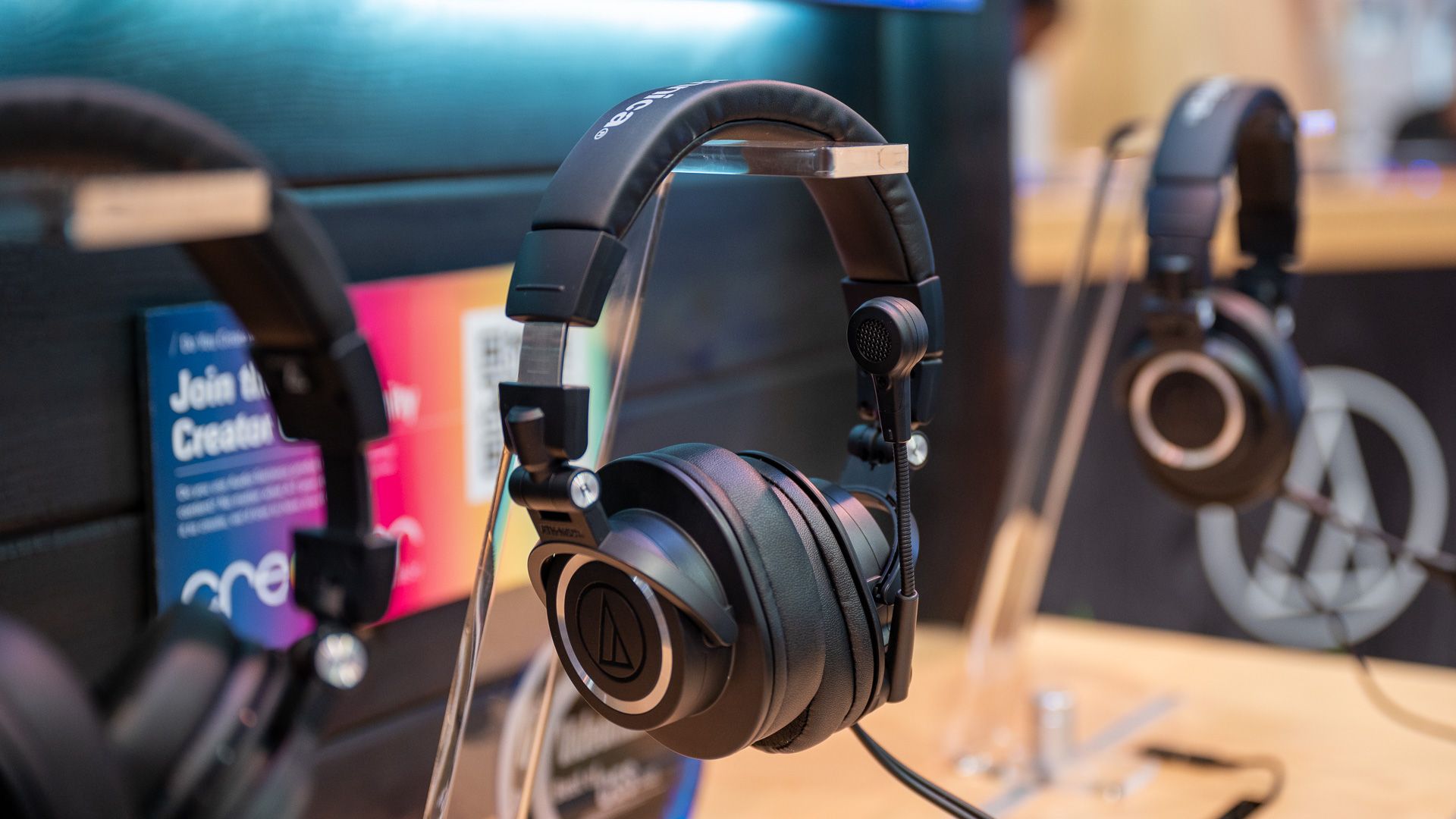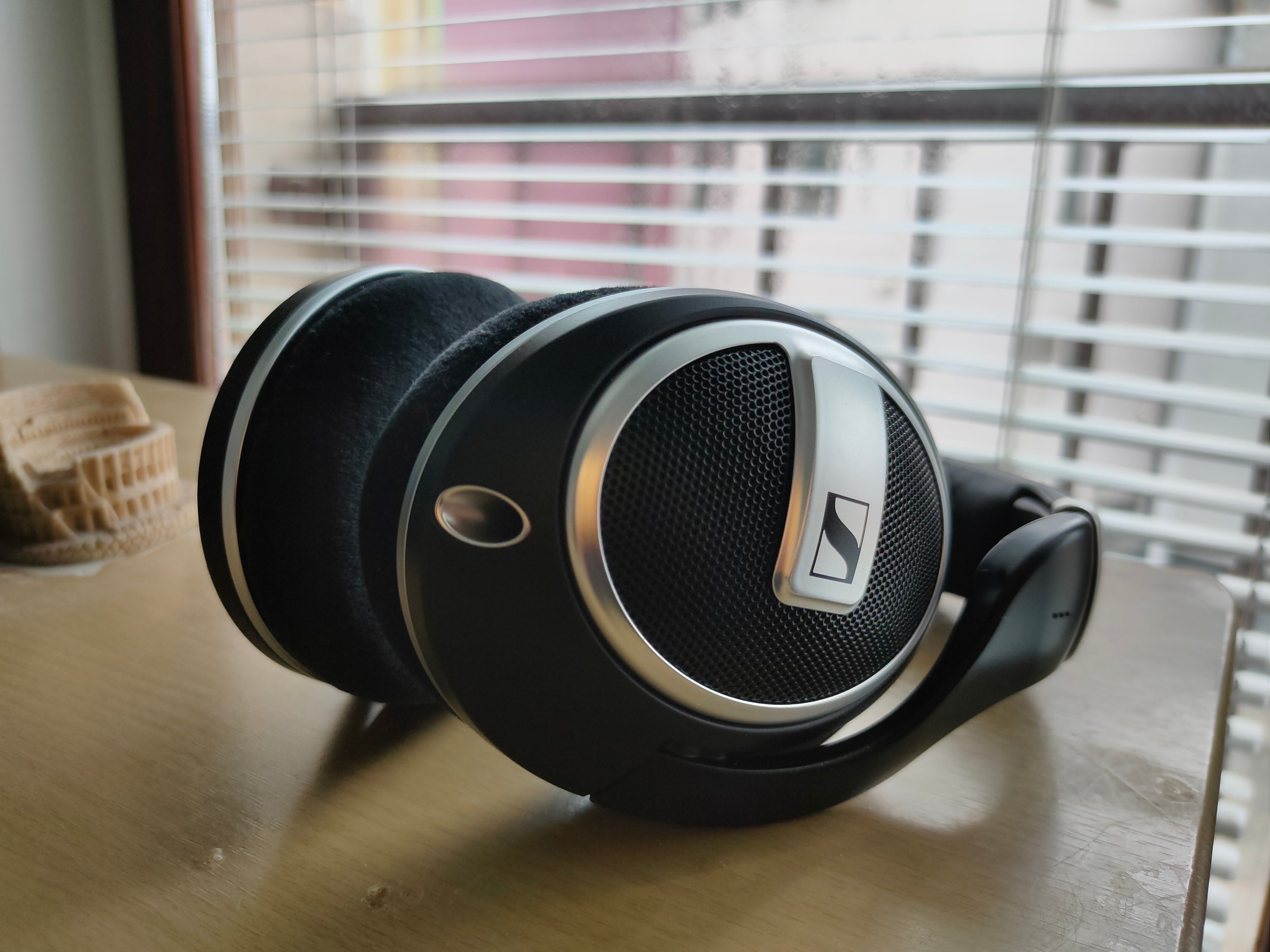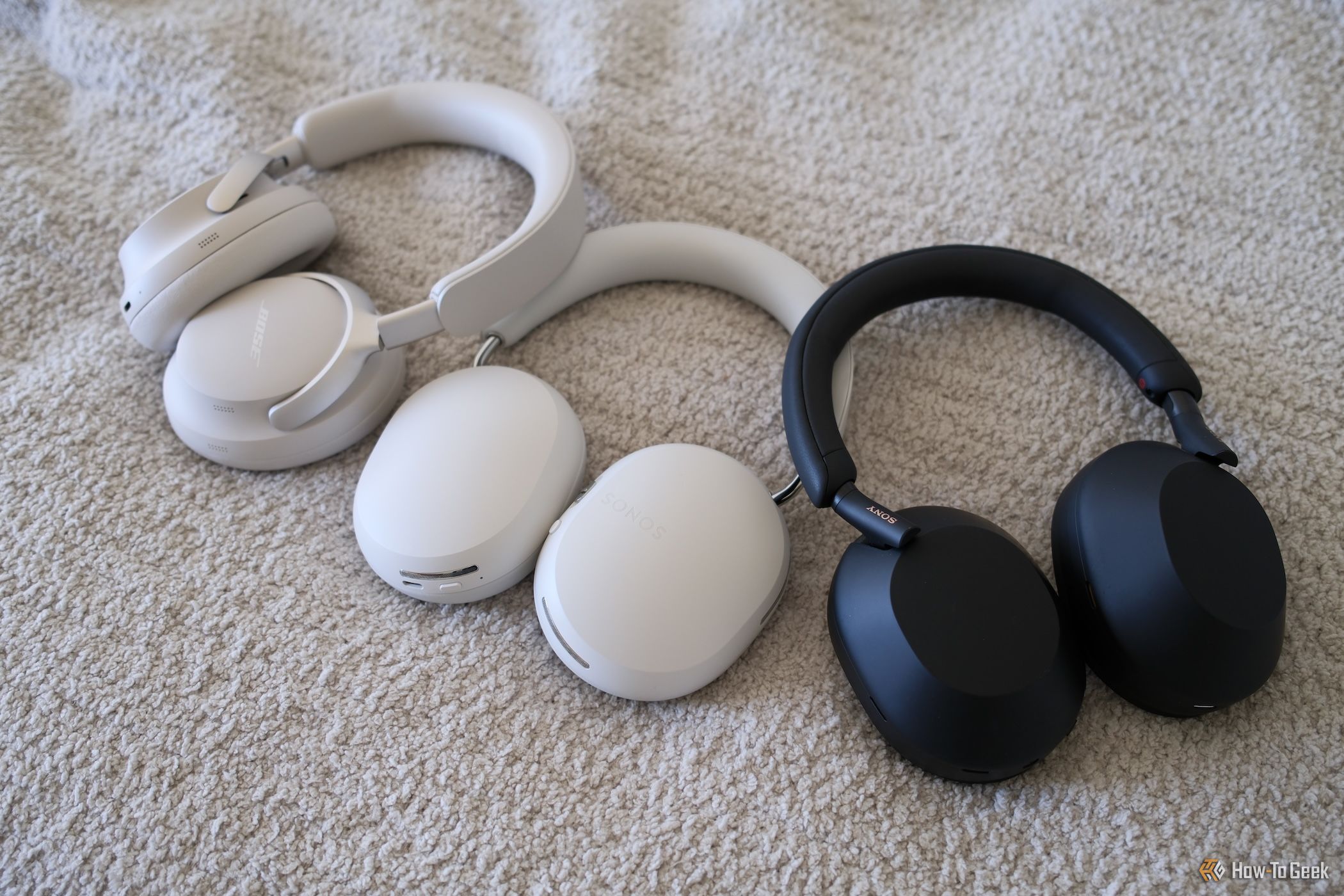Summary
- Wired headphones typically provide better sound quality for the same money.
- Bluetooth headphones are portable and can pack extra features like active noise cancelation.
- Wired headphones are great for indoor use, whereas Bluetooth headphones are more convenient if you’re on the go.
If you’re shopping for new headphones, one key decision you’ll need to make is whether to pick a wired or wireless Bluetooth model. Each setup has some notable upsides and downsides, so let’s go over all of them.
Wired Headphones Sound Better
Dollar for dollar, you’ll get better sound quality from wired headphones than a Bluetooth model. While wired headphones get a direct signal from your computer, phone, or DAC, Bluetooth headphones rely on an internal codec to decode audio data sent from your device over Bluetooth. While some codecs are better than others, all of them have to compress the audio signal, sacrificing some audio quality in the process. Put simply, the gap between the two is so large that it’s hardly even a comparison.
For instance, RTINGS gave the same 7.7 rating for “Neutral Sound” to the Sennheiser HD 280 Pro, which is (as of this writing) $85.90 on Amazon, as the Sennheiser MOMENTUM 4, which is $199.95. It’s a pretty fair comparison, too, as both headphones feature an over-ear, closed-back design and are from the same manufacturer. This isn’t to say that the Sennheiser MOMENTUM 4 doesn’t have amazing sound; it’s our top pick for wireless headphones.
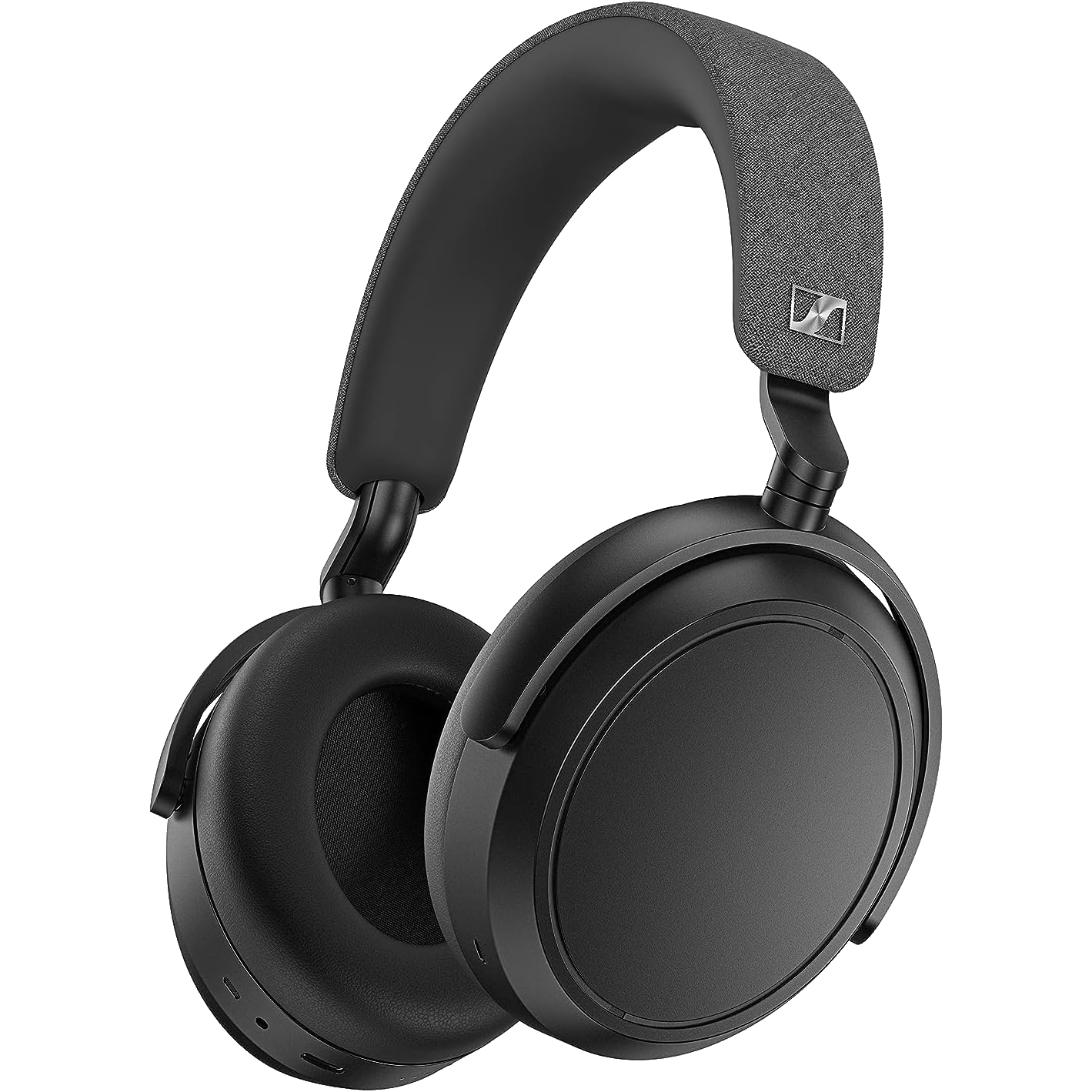
Sennheiser Momentum 4
$250 $380 Save
$130
The Sennheiser Momentum 4 bring some major upgrades to the line, including 60-hour battery life you can actually use and a charging case.
Wired Headphones Don’t Have Latency Issues
Another major advantage of wired headphones is the lack of latency. Well, latency beyond the minimum of 5–10ms that the audio signal takes to convert from digital to analog and travel through the 3.5mm jack. This means that the audio from your headphones closely matches what’s happening on the screen. While it doesn’t really matter for music, it makes a massive difference in videos, movies, and games, as the audio won’t lag behind the visuals.
While Bluetooth headphones have seen gradual improvements in latency, there’s still far more lag. You’ll get the lowest latency with the aptX LL (low latency) codec, which can do a barely noticeable 40ms of latency in ideal conditions. However, it doesn’t sound as good as some of the other codecs, like AAC or aptX HD.
Even if an app gives you the option to sync the audio to your movie or game, the delay can fluctuate slightly, so you can never fully tune it in. If wireless is a must for you, and you want low latency. The only real solution is to get a wireless gaming headset that uses a 2.4GHz connection instead of Bluetooth.
It’s worth noting that some wireless headphones have the option to connect with a cable, effectively turning into wired headphones. This usually eliminates the latency issue and can even change the frequency response curve on some models. However, most models will still sound exactly the same, so all you’re really doing is converting your expensive Bluetooth headphones into wired ones.
Bluetooth Headphones Are More Convenient but Also More Finicky
The main selling point of wireless headphones is portability, and frankly, wired headphones are a hassle unless you’re seated at your desk. If you want to wear headphones during your commute, on walks, around the house, or especially while exercising, wireless headphones are infinitely better. If all I had in the gym were wired earbuds, I’d rather listen to nothing than deal with fiddly wires.
With Bluetooth headphones, you don’t have to deal with tangled wires before you can use them. Simply put them on your head, turn them on, and they automatically connect to your device in a few short seconds. When you’re done, take them off, and they’ll automatically turn off after a while to preserve battery life. It’s a seamless experience.
Unfortunately, this convenience comes with the downside of having to charge them every few days. If you forget to plug them in the night before, you’ll be left without headphones unless they can be used while plugged in. Additionally, you’ll have to deal with occasional connection dropouts and latency issues, especially when moving far away from your playback device or switching between them.
You’ll Always Pay More for Wireless
I already hinted at wireless headphones being more expensive above, but it deserves a more detailed explanation. Bluetooth headphones are significantly more complex and have more parts, which cost additional time and money to manufacture, and that’s on top of the fixed production costs that regular headphones incur. This is all without the additional features that premium wireless headphones tend to incorporate, such as ANC (Active Noise Cancelation) and voice assistant integration.
For instance, if a manufacturer is creating a wireless version of a popular headphones model, they can either sacrifice the quality of the model to lower costs or charge a premium for the Bluetooth version. As an example, the Audio-Technica ATH-M50xBT2 costs $190 on Amazon as I’m writing this, whereas the wired ATH-M50X version is on sale for $144.99. It’s a ~25% price difference, but you get the same exact drivers and excellent sound quality these headphones are famous for.
Wired Headphones Are More Durable and Repairable
Bluetooth headphones rely on Li-ion batteries, which degrade over time, regardless of how careful you are. Sure, your new headphones can do 15 hours of playback now, but give them a couple of years of regular use, and the number will drop to 10–12. It’s especially frustrating with earbuds, as their tiny batteries often last just a couple of hours. They can’t even make it through The Godfather Part II!
It wouldn’t be a massive issue if the batteries were easily replaceable, but they’re not. Forget about repairing wireless earbuds, as the cost or difficulty of repair often exceeds the cost of the earbuds themselves. For wireless headphones, it’s still going to be a complicated repair due to how complex the internals are.
In contrast, wired headphones feature fewer components, making it significantly easier to replace an internal wire or component. Plus, if you only use them at your desk, you’re less likely to drop or damage them, which can’t be said for wireless headphones. The first thing that usually breaks on wired headphones is the cable, so make sure to get a model with a detachable cable for a dead simple repair.
Which Should You Pick?
If you plan to mostly use the headphones indoors, there’s little point in getting a wireless model. Gamers could get a wireless headset, but I believe that audiophile headphones and a separate mic make for a better experience.
Conversely, if you need headphones for your commute, gym, and walking, Bluetooth headphones are infinitely better despite their drawbacks. ANC alone makes premium wireless headphones worth it, as it allows you to block outside noise completely.
You could also get both. Just be aware that you’ll have to shell out a lot of money, so it might make more sense to get good Bluetooth headphones that you can also use with a cable. Personally, I prefer having a pair of wired audiophile headphones for home use and gaming, along with inexpensive wireless earbuds for all outdoor activities and the gym. That way, if I drop or lose them, it’s not a big deal.



